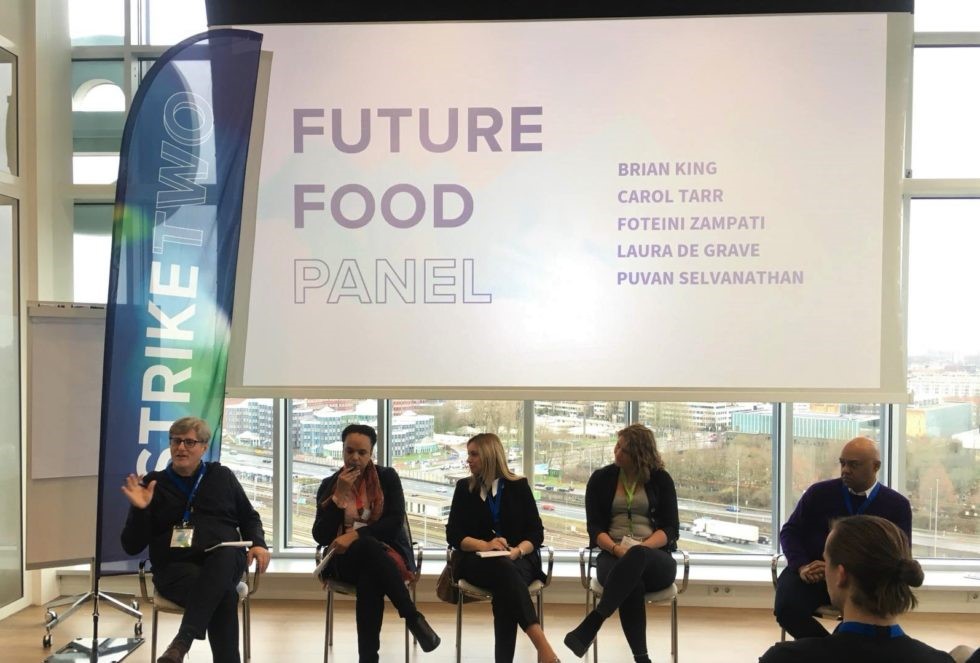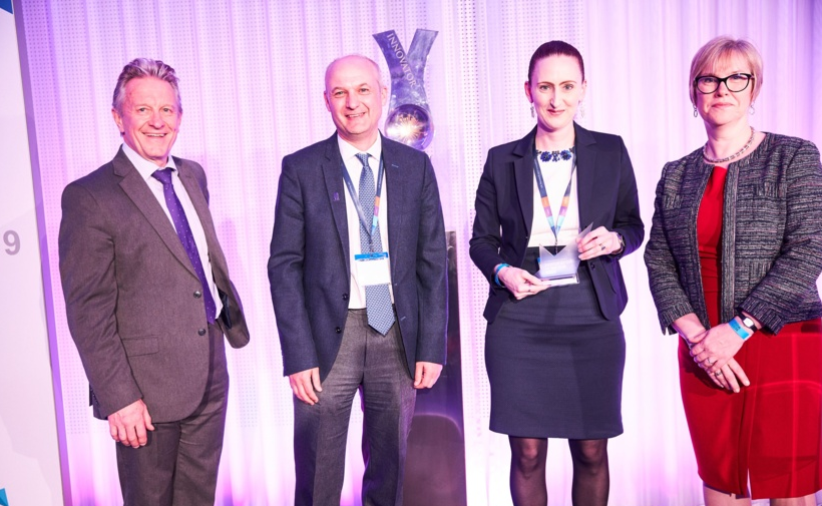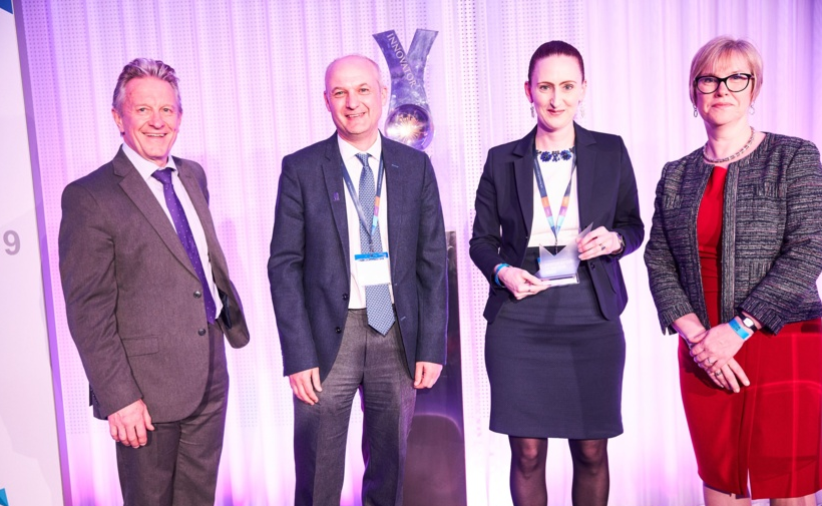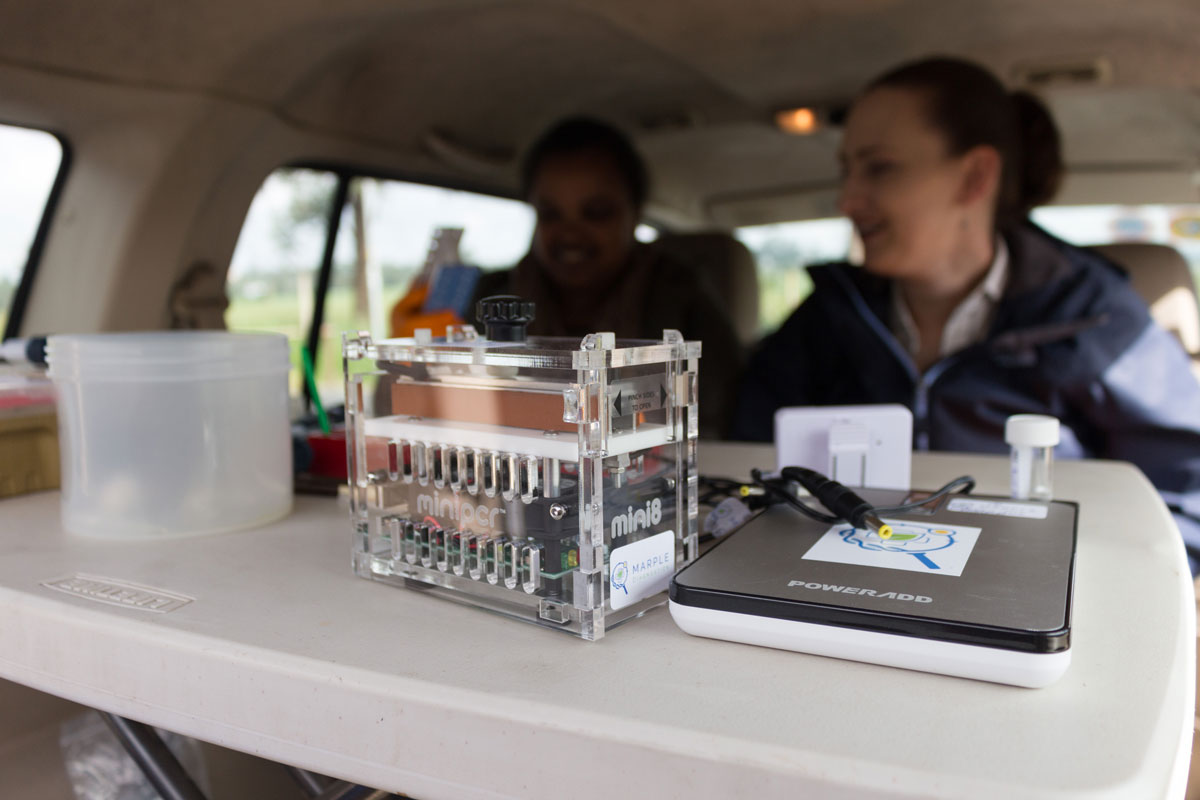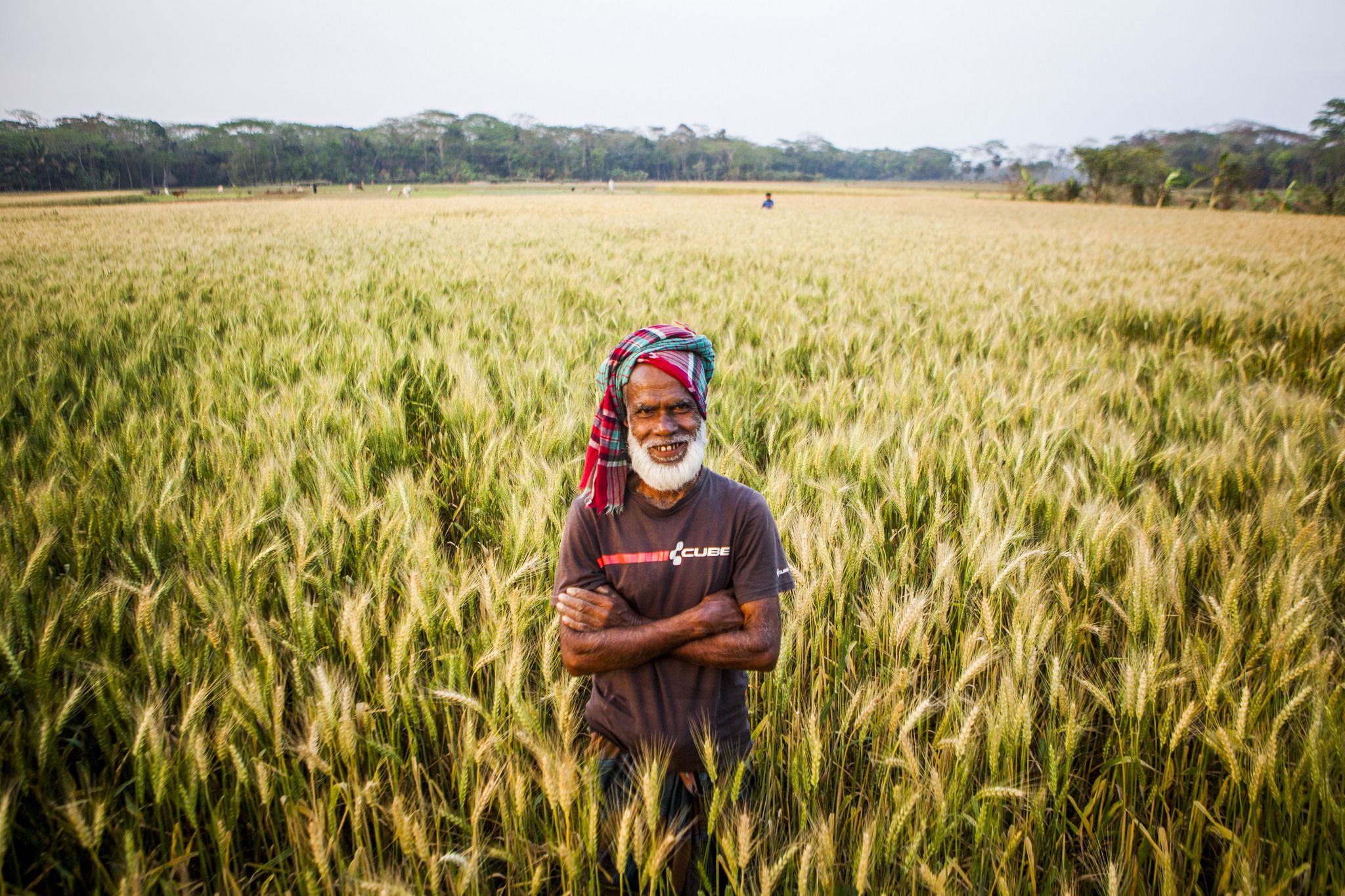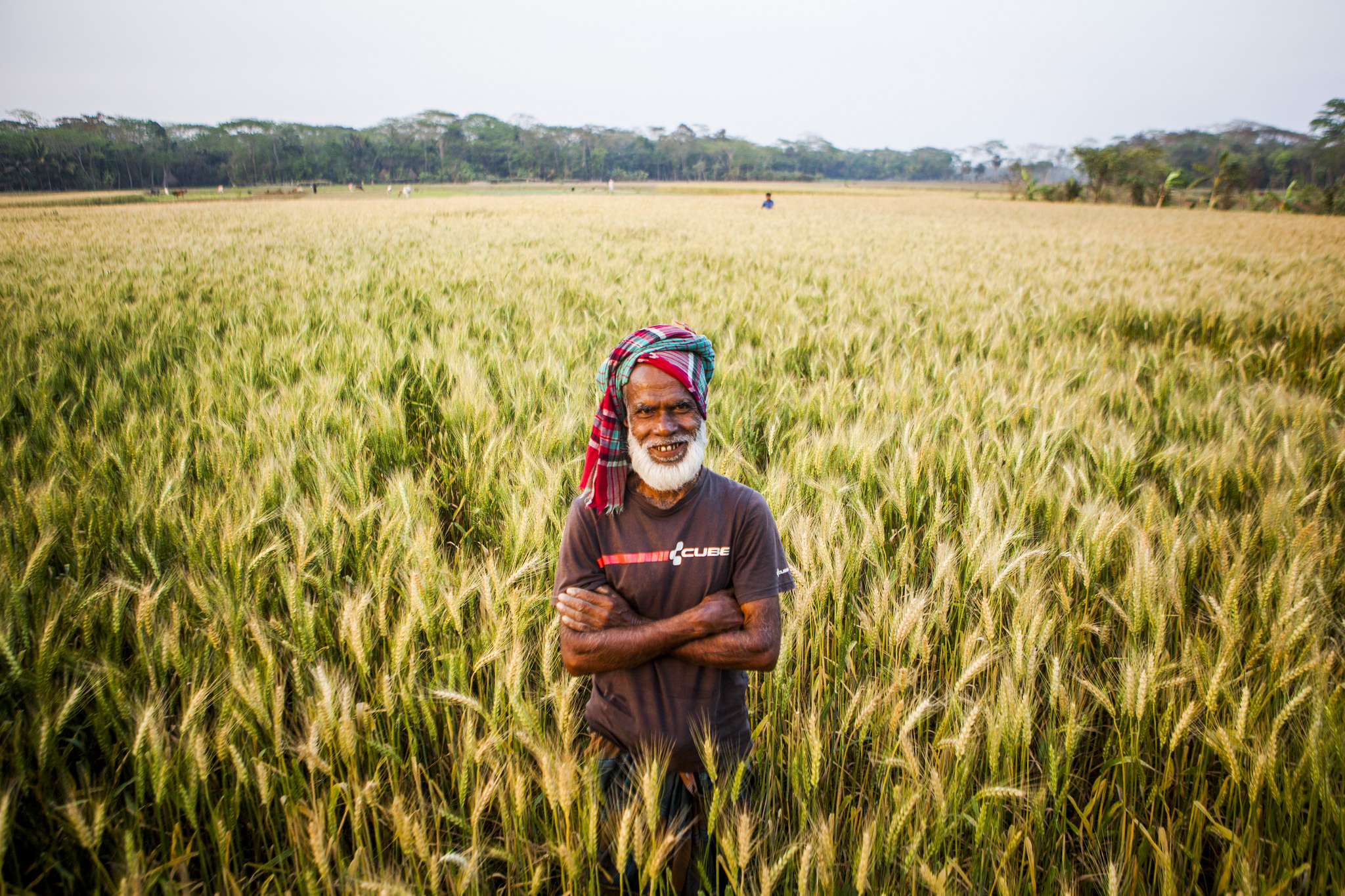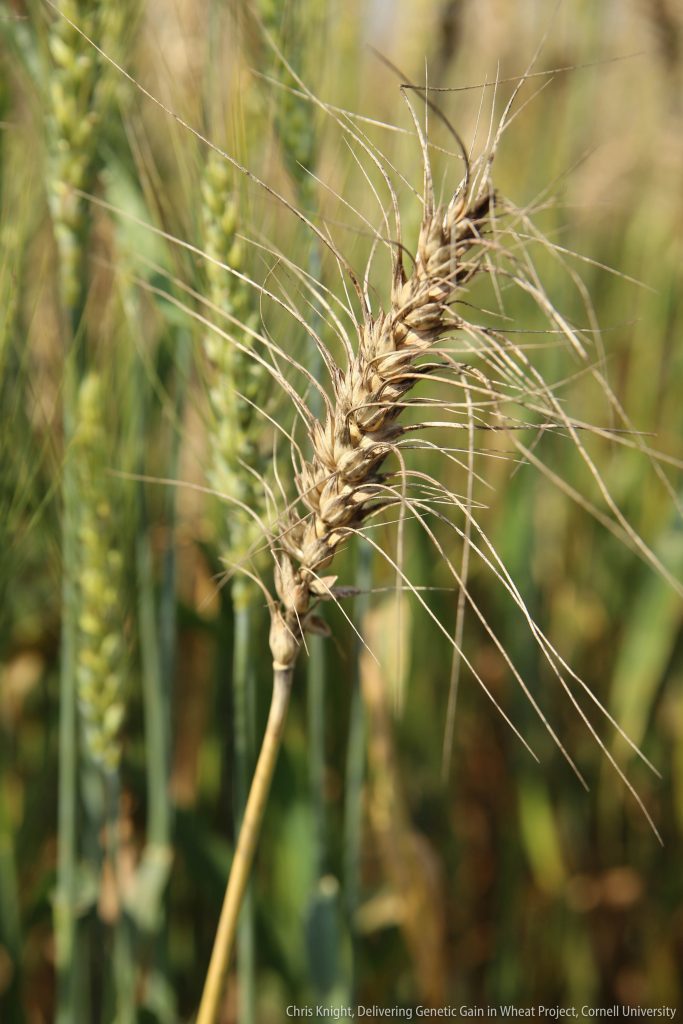Wheat output in Africa and South Asia will suffer severely from climate change by 2050, modelling study shows
Leading crop simulation models used by a global team of agricultural scientists to simulate wheat production up to 2050 showed large wheat yield reductions due to climate change for Africa and South Asia, where food security is already a problem.
The model predicted average declines in wheat yields of 15% in African countries and 16% in South Asian countries by mid-century, as described in the 2021 paper “Climate impact and adaptation to heat and drought stress of regional and global wheat production,” published in the science journal Environmental Research Letters. Climate change will lower global wheat production by 1.9% by mid-century, with the most negative impacts occurring in Africa and South Asia, according to the research.
“Studies have already shown that wheat yields fell by 5.5% during 1980-2010, due to rising global temperatures,” said Diego N.L. Pequeno, wheat crop modeler at the International Maize and Wheat Improvement Center (CIMMYT) and lead author of the paper. “We chose several models to simulate climate change impacts and also simulated wheat varieties that featured increased heat tolerance, early vigor against late season drought, and late flowering to ensure normal biomass accumulation. Finally, we simulated use of additional nitrogen fertilizer to maximize the expression of these adaptive traits.”
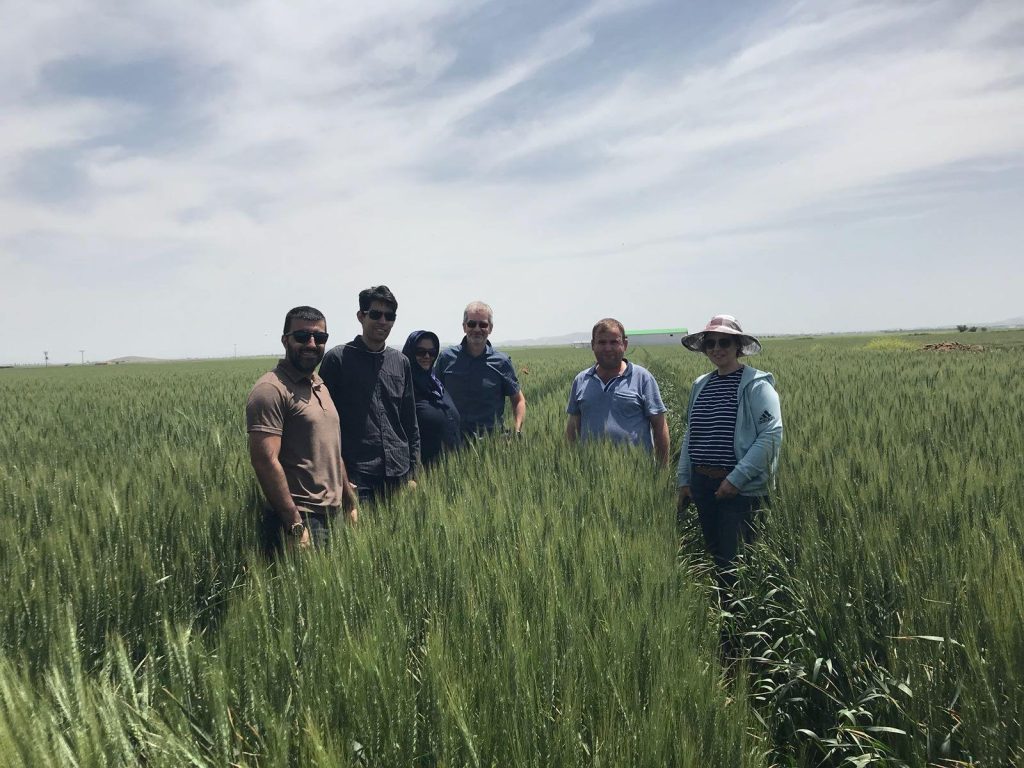
The wheat simulation models employed — CROPSIM-CERES, CROPSIM, and Nwheat within the Decision Support System for Agrotechnology Transfer, DSSAT v.4.6 — have been widely used to study diverse cropping systems around the world, according to Pequeno.
“The DSSAT models simulated the elevated CO2 stimulus on wheat growth, when N is not limiting,” he said. “Our study is the first to include combined genetic traits for early vigor, heat tolerance, and late flowering in the wheat simulation.”
Several factors, including temperature, water deficit, and water access, have been identified as major causes in recent wheat yield variability worldwide. The DSSAT wheat models simulate the impact of temperature, including heat stress, water balance, drought stress, or nitrogen leaching from heavy rainfall.
“Generally, small and low-volume wheat producers suffered large negative impacts due to future climate changes, indicating that less developed countries may be the most affected,” Pequeno added.
Climate change at high latitudes (France, Germany, and northern China, all large wheat-producing countries/region) positively impacted wheat grain yield, as warming temperatures benefit wheat growth through an extended early spring growing season. But warmer temperatures and insufficient rainfall by mid-century, as projected at the same latitude in Russia and the northwestern United States, will reduce rainfed wheat yields — a finding that contradicts outcomes of some previous studies.
At lower latitudes that are close to the tropics, already warm, and experiencing insufficient rainfall for food crops and therefore depending on irrigation (North India, Pakistan, Bangladesh), rising heat will damage wheat crops and seriously reduce yields. China, the largest wheat producer in the world, is projected to have mixed impacts from climate change but, at a nation-wide scale, the study showed a 1.2% increase in wheat yields.
“Our results showed that the adaptive traits could help alleviate climate change impacts on wheat, but responses would vary widely, depending on the growing environment and management practices used,” according to Pequeno. This implies that wheat breeding for traits associated with climate resilience is a promising climate change adaptation option, but its effect will vary among regions. Its positive impact could be limited by agronomical aspects, particularly under rainfed and low soil N conditions, where water and nitrogen stress limit the benefits from improved cultivars.
Extreme weather events could also become more frequent. Those were possibly underestimated in this study, as projections of heat damage effects considered only changes in daily absolute temperatures but not possible changes in the frequency of occurrence. Another limitation is that most crop models lack functions for simulating excess water (e.g., flooding), an important cause of global wheat yield variability.
This study was supported by the CGIAR Research Program on Wheat agri-food systems (CRP WHEAT; 2012-2021), the CGIAR Platform for Big Data in Agriculture, the International Wheat Yield Partnership (IWYP115 Project), the Bill & Melinda Gates Foundation, the World Bank, the Mexican government through the Sustainable Modernization of Traditional Agriculture (MasAgro) project, and the International Treaty of Plant Genetic Resources for Food and Agriculture and its Benefit-sharing Fund for co-funding the project, with financial support from the European Union.
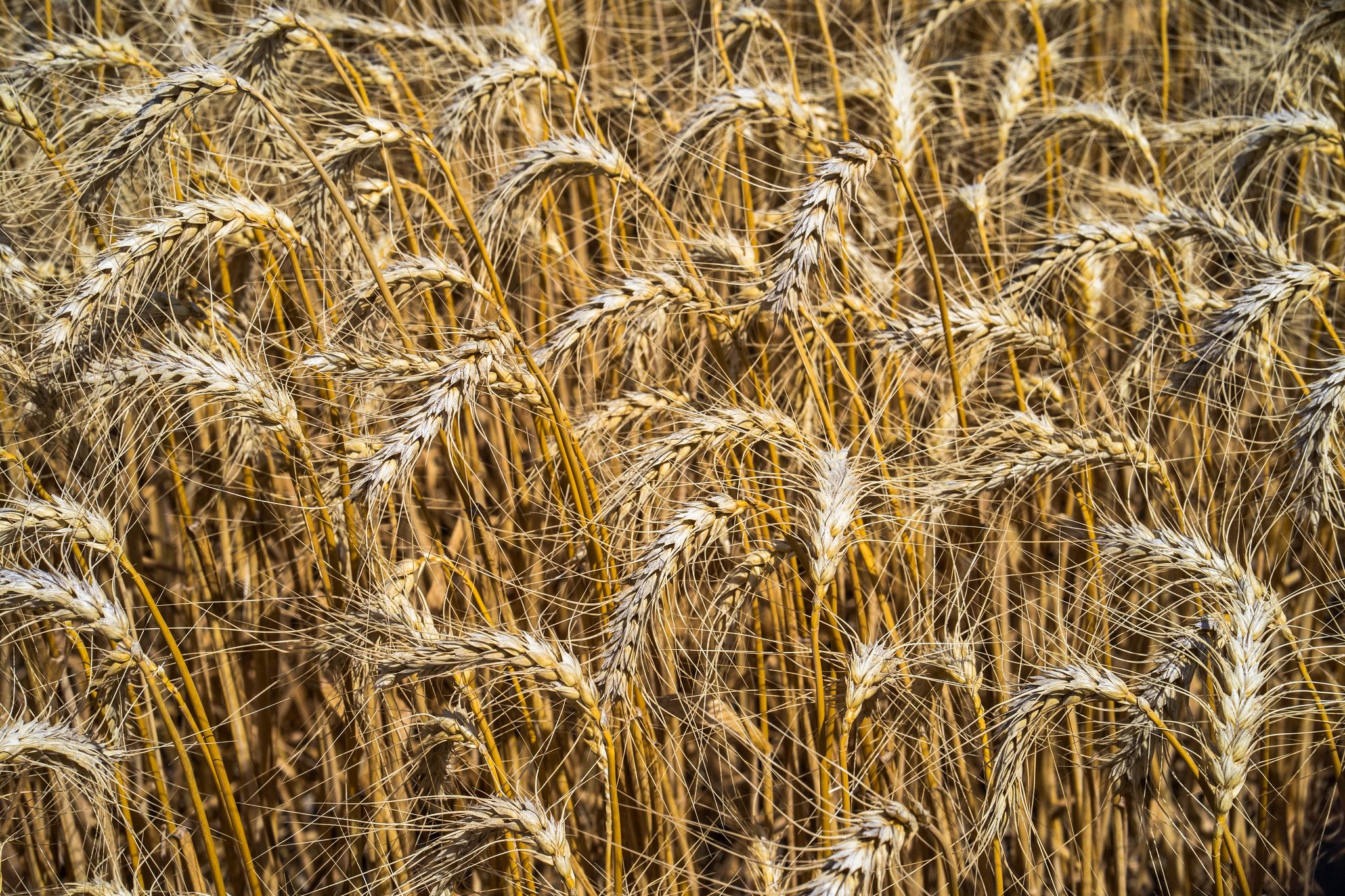
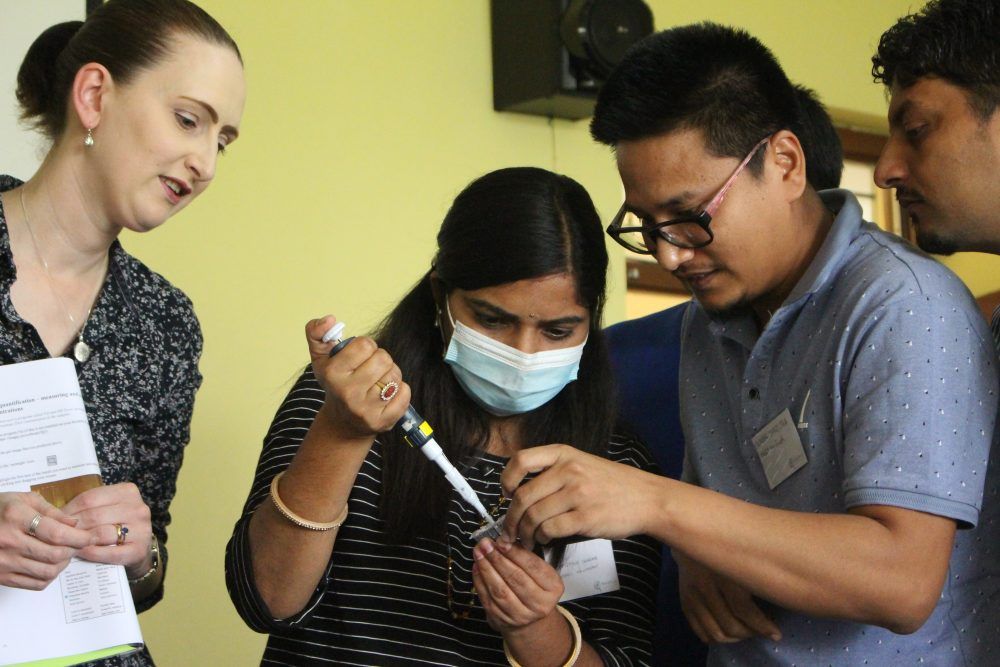



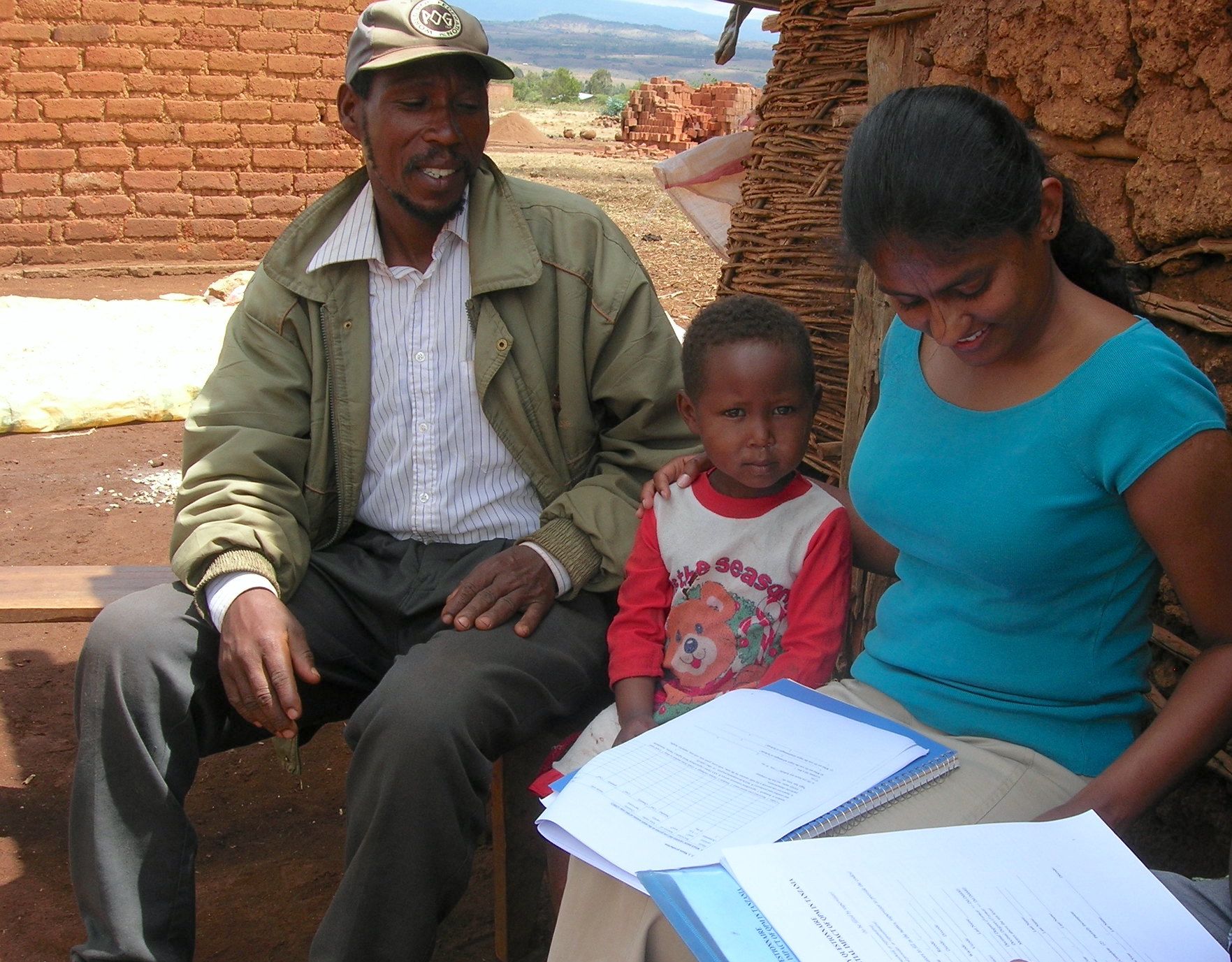

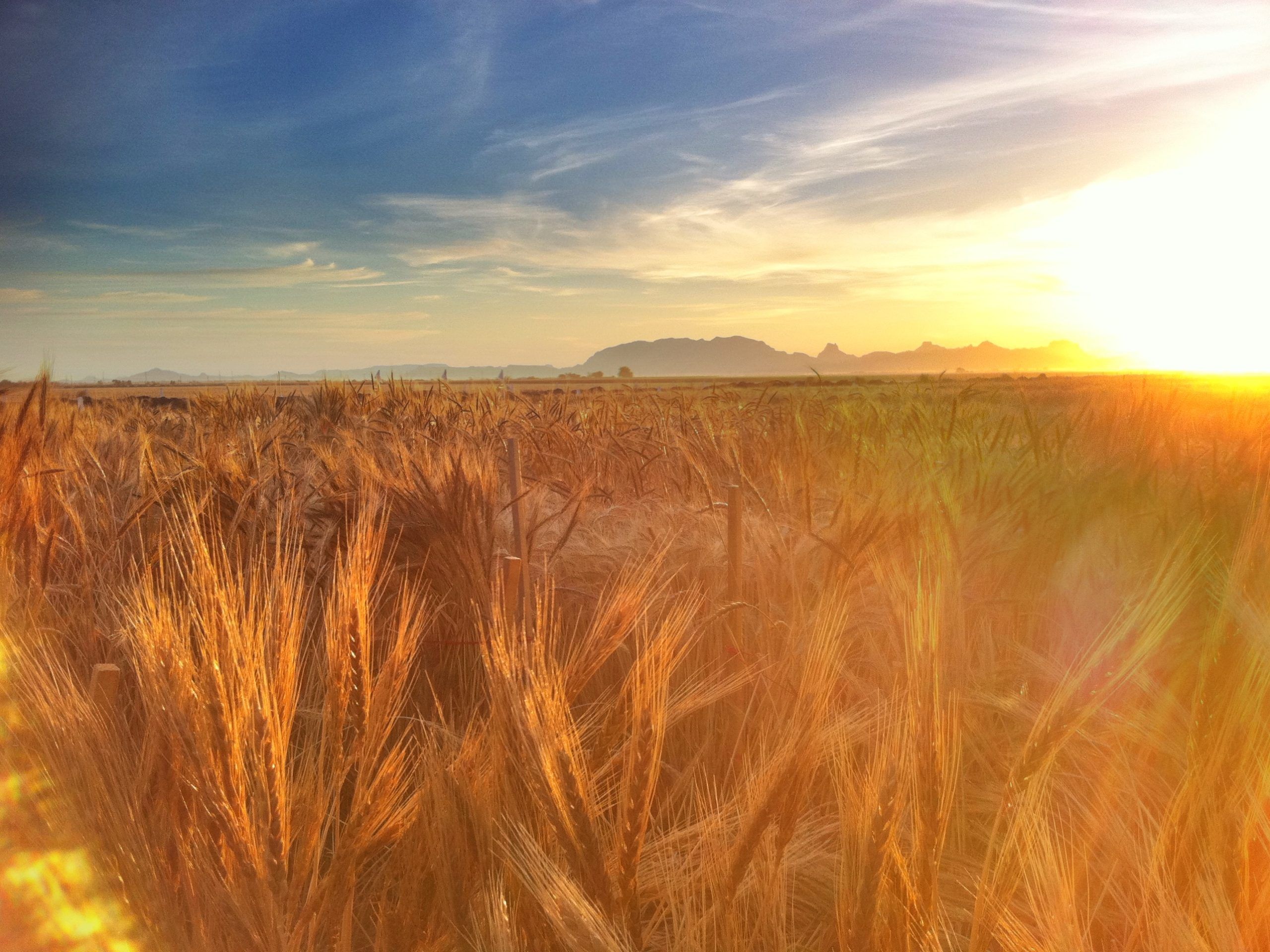
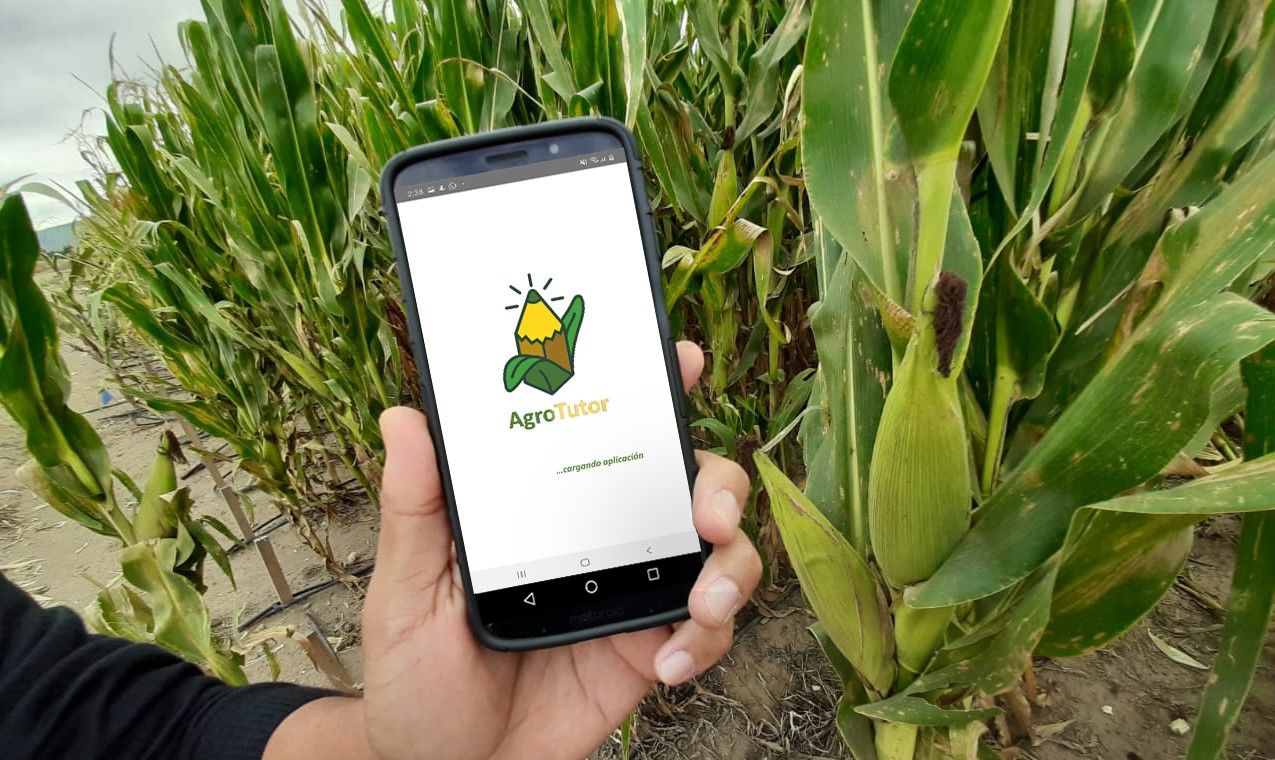
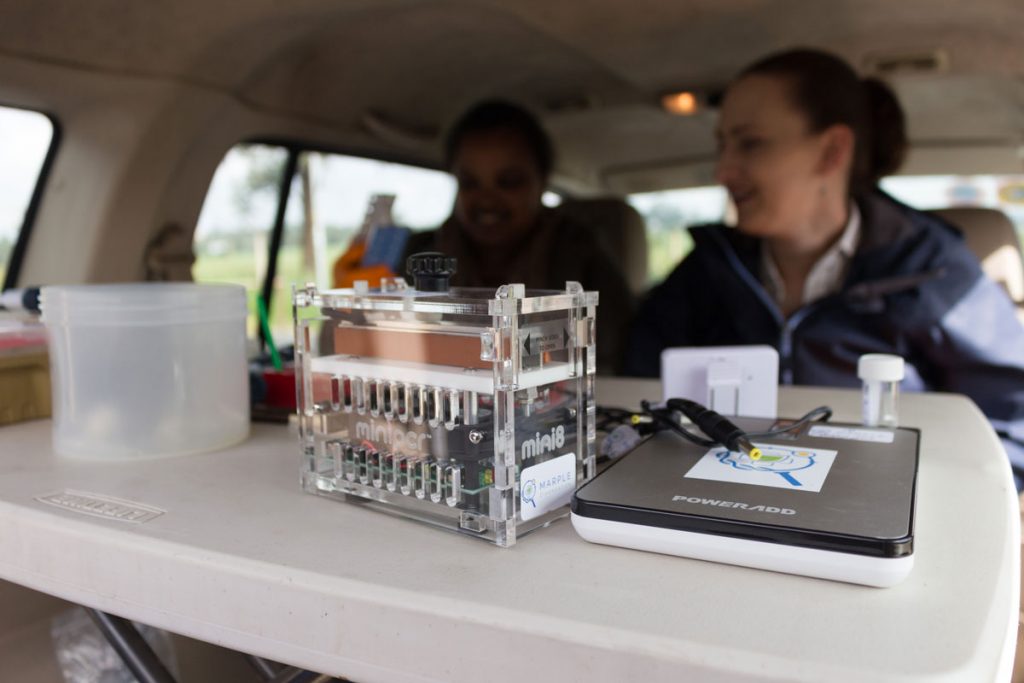
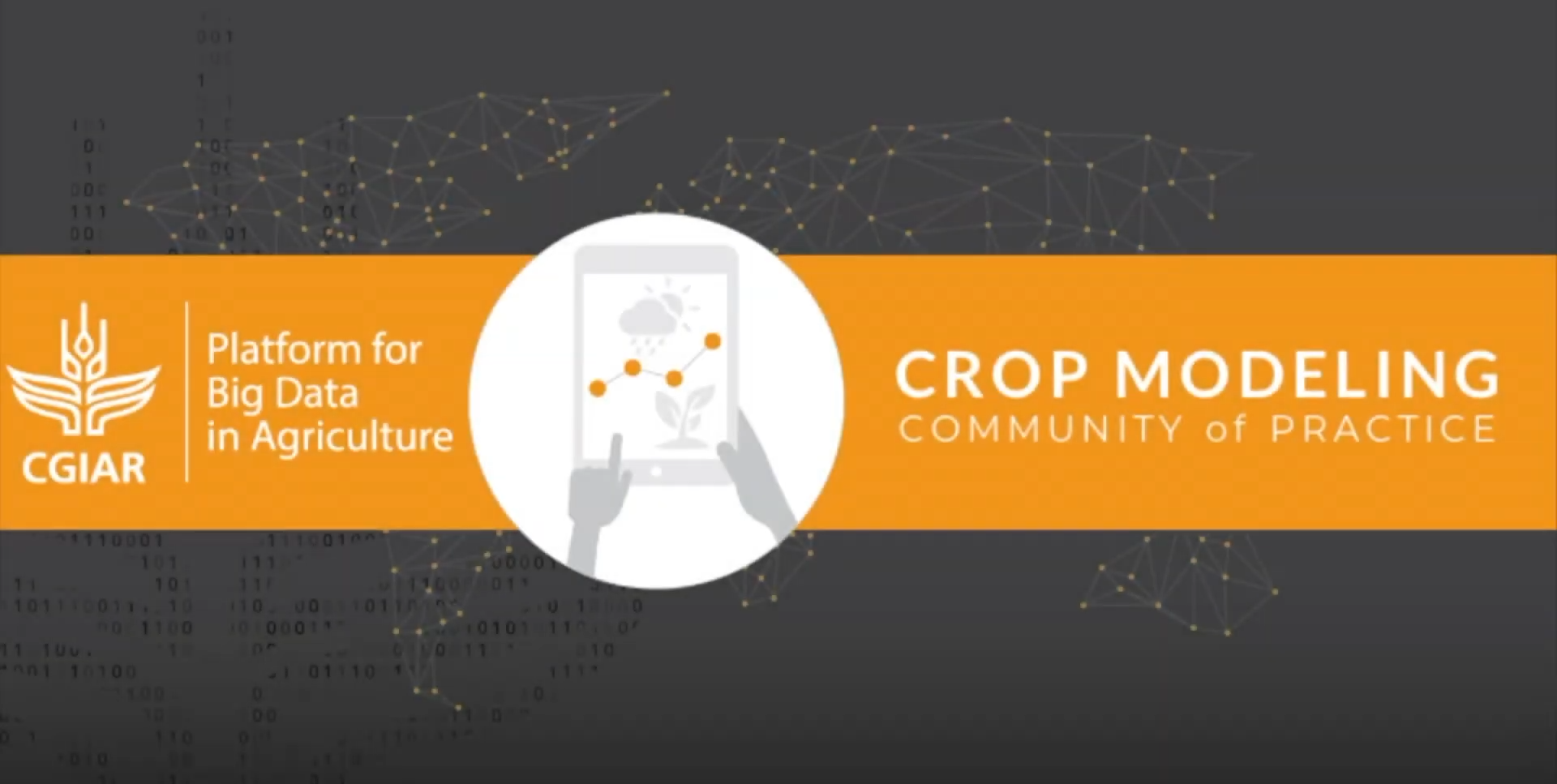
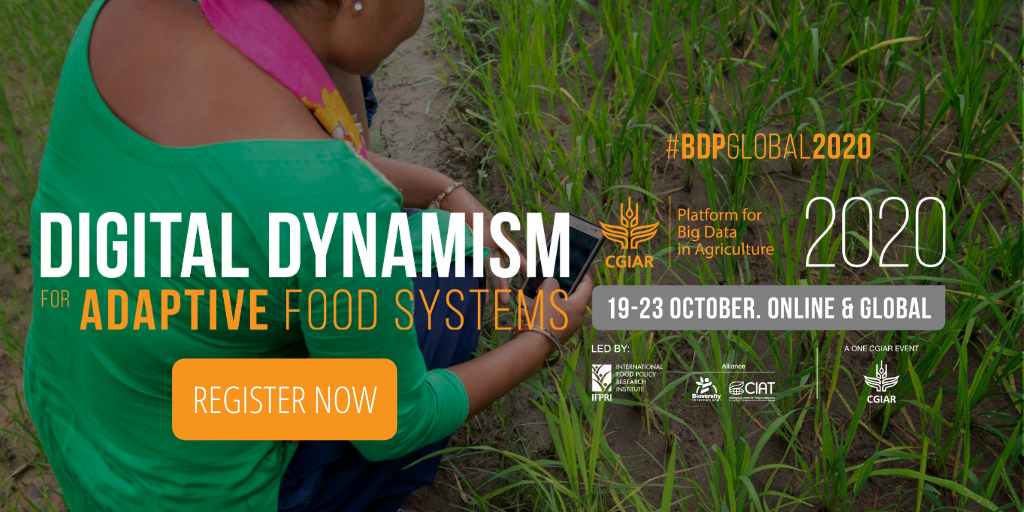
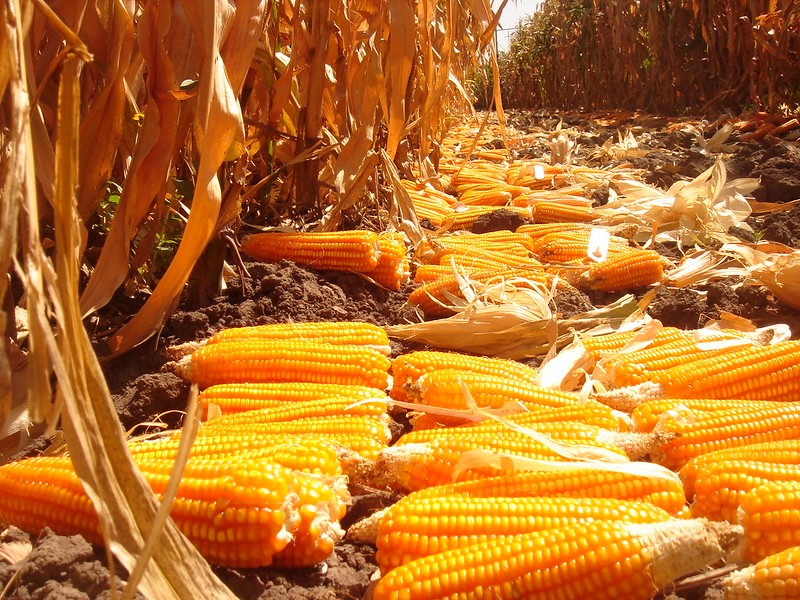
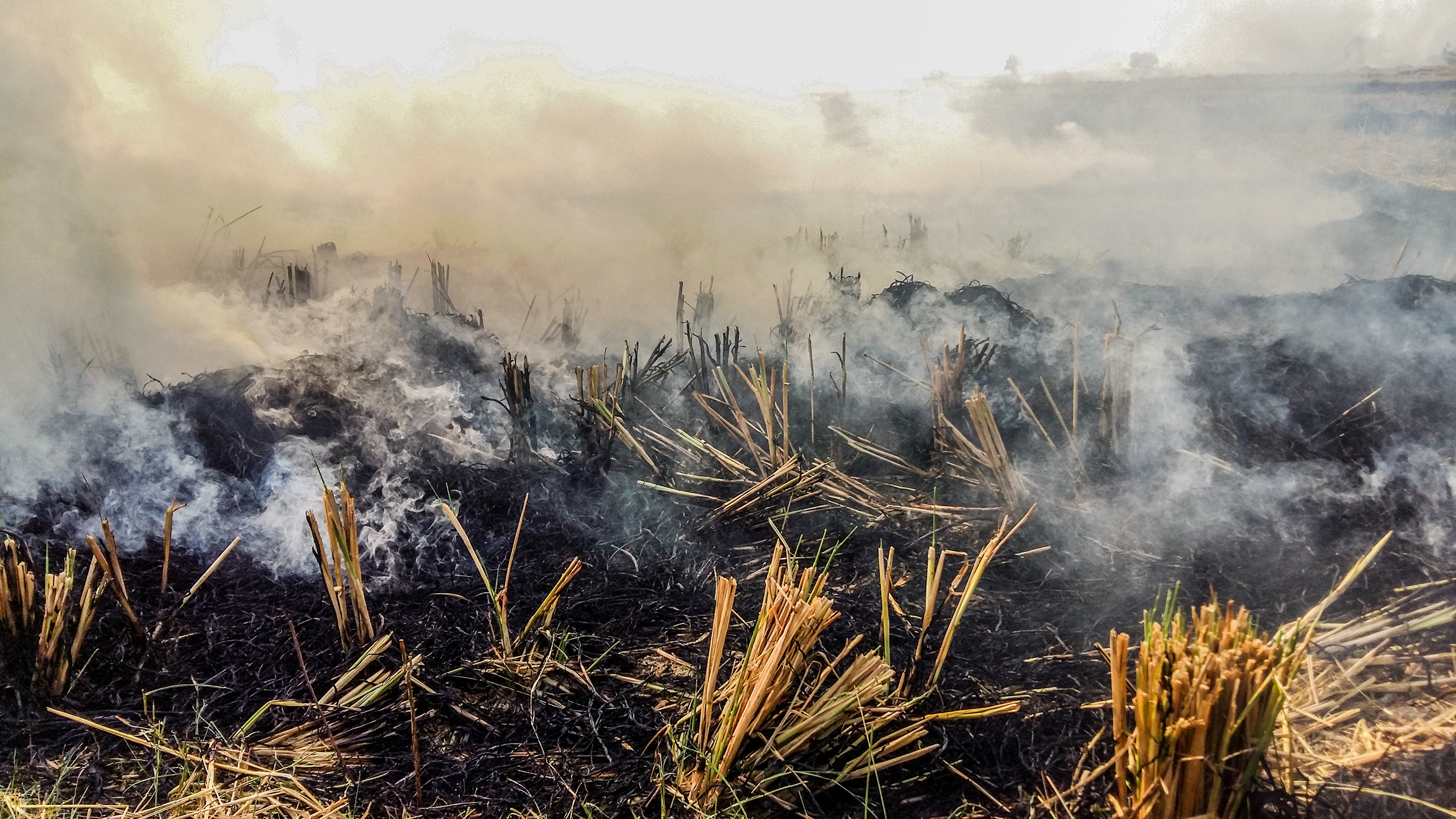
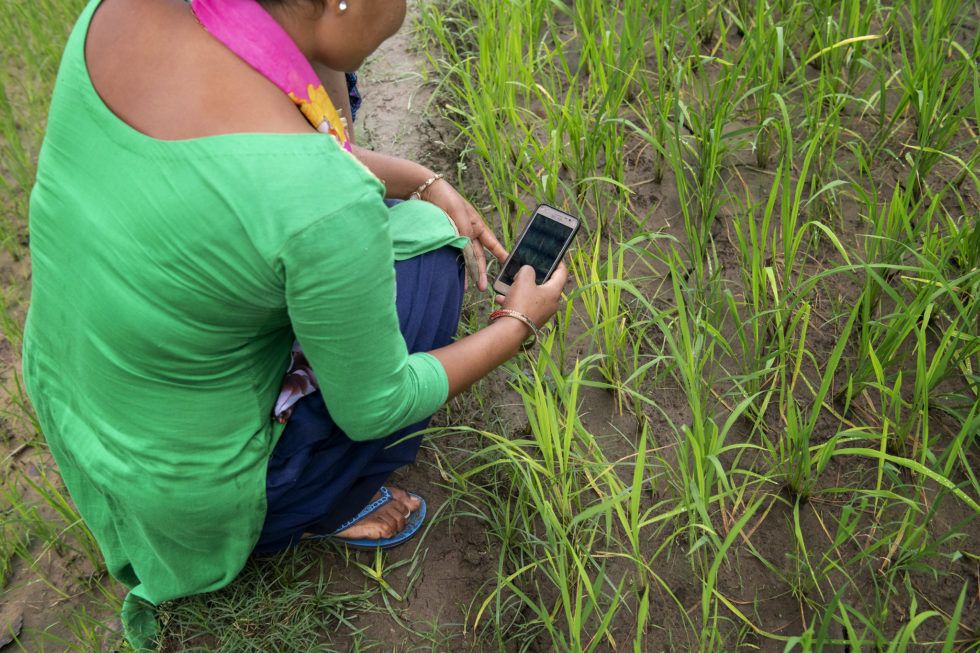

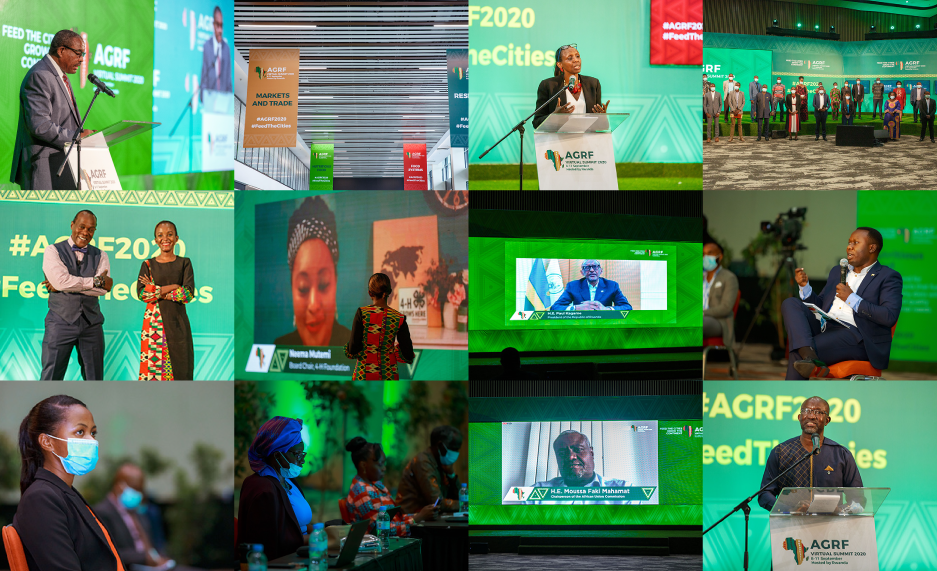
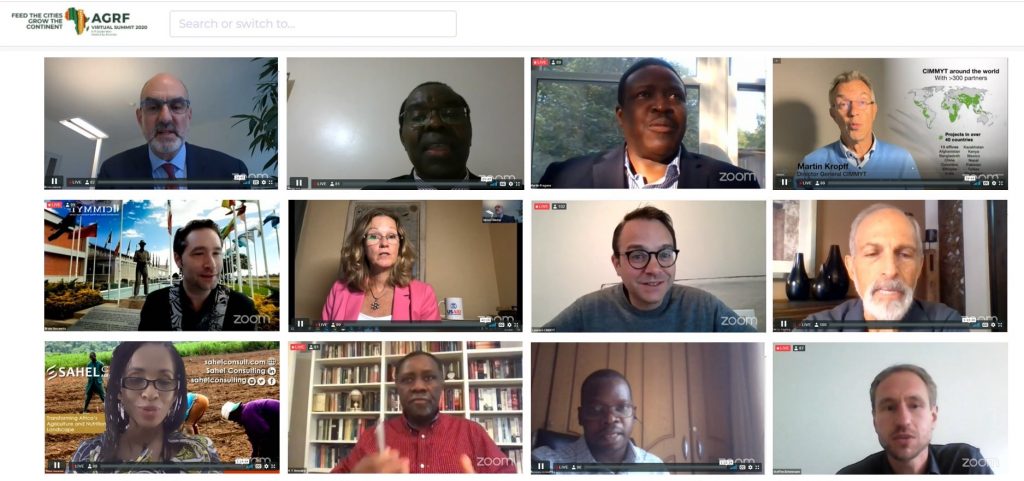
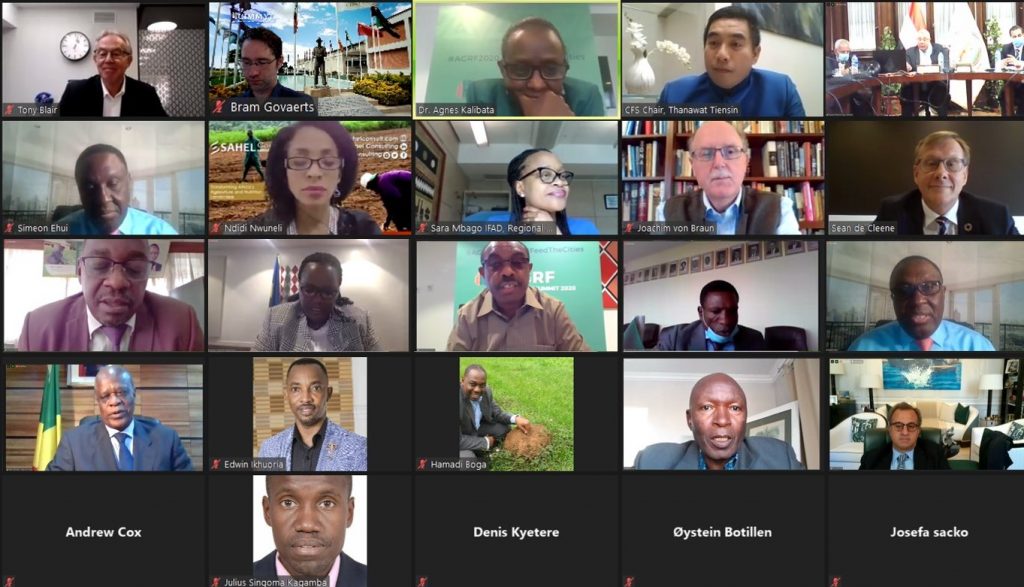
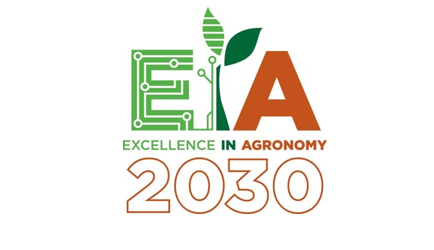
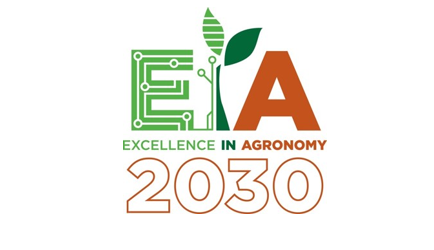 Nine
Nine 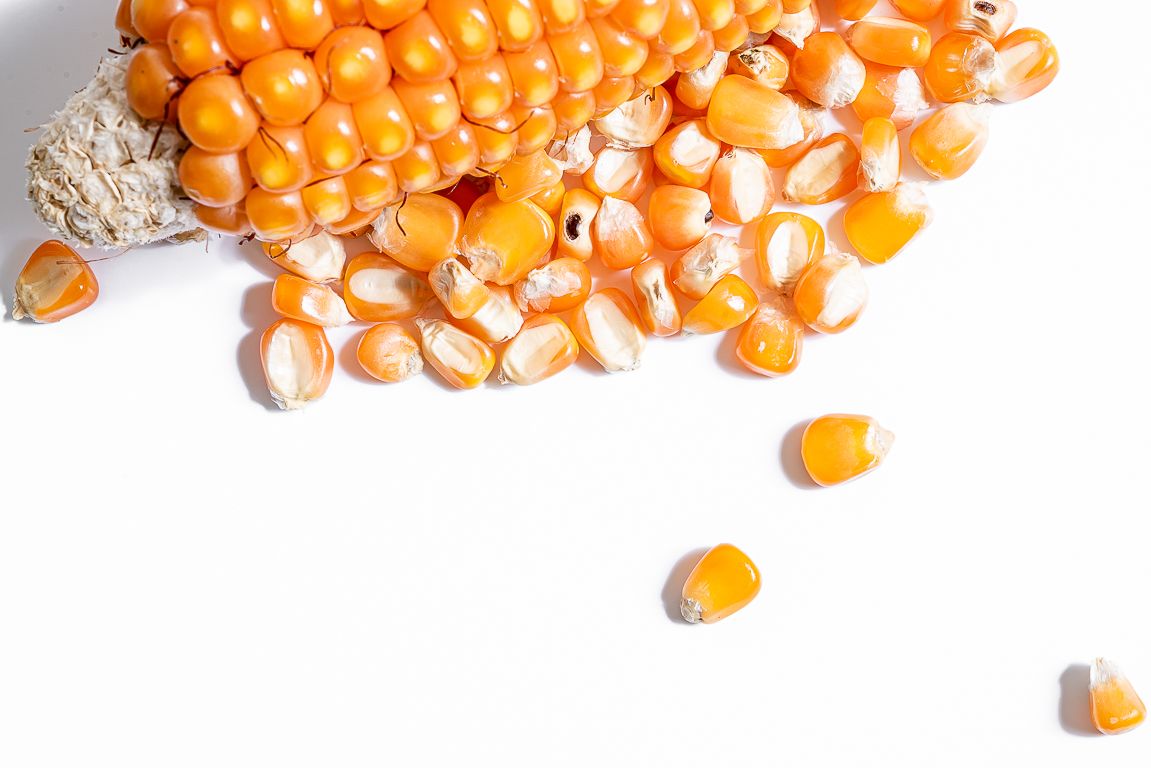
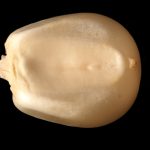
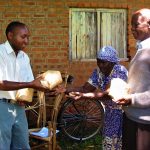
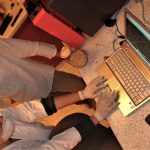
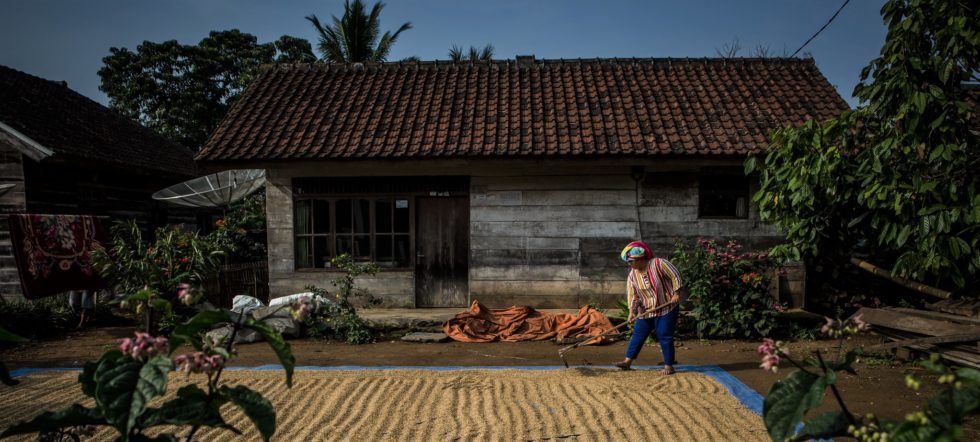


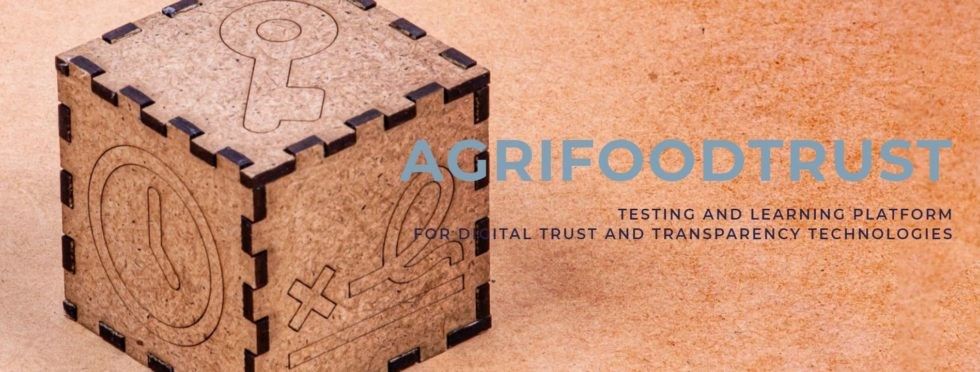
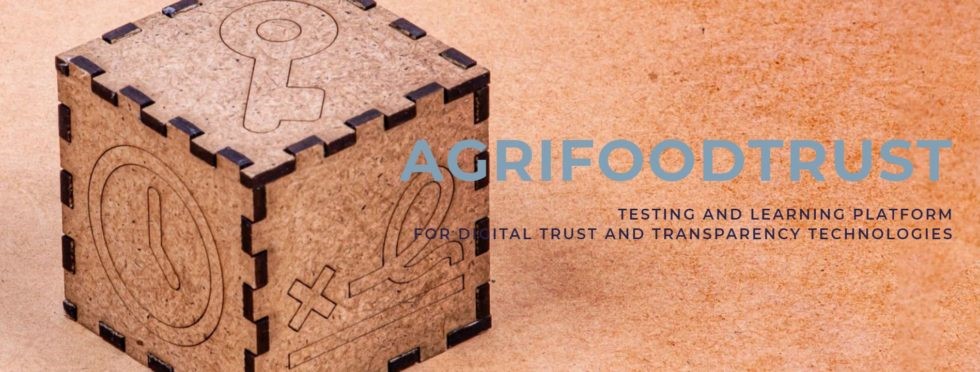 A new testing and learning platform for digital trust and transparency technologies — such as blockchain — in
A new testing and learning platform for digital trust and transparency technologies — such as blockchain — in 